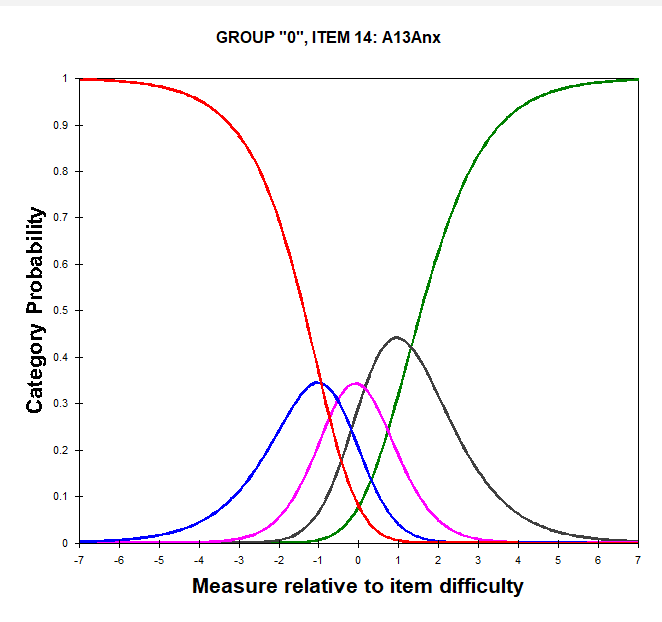Why did we do this study? A number of prior studies have shown that the Mayo-Portland Adaptability Inventory-4th edition (MPAI-4) is a reliable and valid measure of function and limitations after acquired brain injury. We wanted to make sure that the MPAI-4 is also a reliable measure for people served by FABR organizations. People served by FABR programs have a much wider range of functional limitations than people in most of the other studies of the MPAI-4. We also wanted to see if we could find any specific subscales (items that focus on a specific area of function). Finally, we wanted to scale the MPAI-4 as an interval measure that represented people served by FABR organizations.
What is Rasch analysis? Many measures that are used in rehabilitation are ordinal measures. Ordinal measures show whether a person has more or less of a trait. For instance, on an ordinal scale of disability that went of 0 (no disability) to 10 (totally disabled), a person with a 4 would have more disability than a person with a 3. However, because it is an ordinal measure, we don’t know how much more or if the amount of disability that makes a 4 more than a 3 is the same as the amount that makes a 5 more than a 4. Rasch analysis uses mathematics to convert ordinal measures to interval measures. If our example of a 10-point scale of disability was an interval measure, the amount of disability that it takes to go from a 3 to a 4 would be exactly the same as it takes to go from a 4 to a 5 and from 5 to 6, etc. Rehabilitation measures that are based on Rasch analysis have greater precision, are more reliable, and easier to interpret than ordinal measures.
What we found: The MPAI-4 got very high marks in our of 2,154 individuals in FABR rehabilitation programs. Our analysis found that the MPAI-4 was reliable and precise enough for evaluations of individuals as well as for examining changes over time in groups (for example, participants in a specific type of program). We also found that the indices that focus on Ability (physical and cognitive), Adjustment (emotional and interpersonal) and Participation in the community had good precision and reliability. We were able to identify 3 new subscales to specifically measure Physical Ability, Cognitive Ability, and Autonomy or the skills needed to live independently in the community. The study produced an interval scale for the MPAI-4 that we could use in individual and program evaluations and in other studies conducted by FABR organizations.
Take home points:
- The MPAI-4 meets high scientific standards of precision, reliability and quality for measurement in rehabilitation and can be used with confidence in both individual evaluations and outcome studies.
- Evaluations and outcome studies in FABR programs using the MPAI-4 are based on the evaluations of the types of people served by FABR organizations.
- In addition to the general level of function described by the overall score of the MPAI-4, indices and subscales are useful to identify more specific areas to work on in rehabilitation.
This summary is based on a scientific article published in a peer-reviewed journal. An abstract and the original article may be viewed through the link below: Malec JF, Logan DM, McGrath C, Parrott D, Walters GJ. Rasch Analysis of the Mayo-Portland Adaptability Inventory for Posthospital Brain Injury Rehabilitation. J Head Trauma Rehabil. 2024 Feb 27. Epub ahead of print.
FABR (Foundation to Advance Brain Rehabilitation) is a one-of-a-kind alliance between leading brain injury rehabilitation organizations from across the United States to improve outcomes in the rehabilitation field. The partnership allows the organization to aggregate outcome data to launch the only know collaborative database in the United States that captures the impact of brain injury rehabilitation following acute care.

